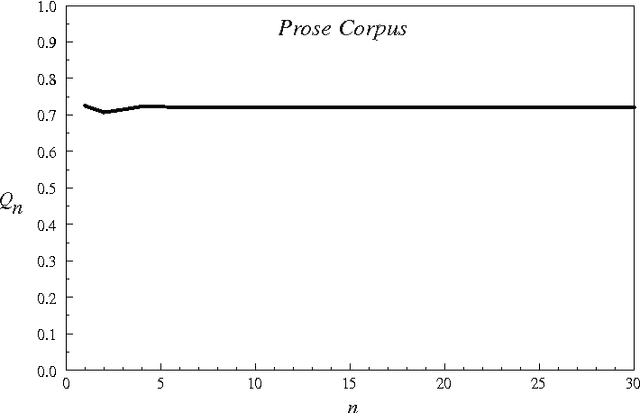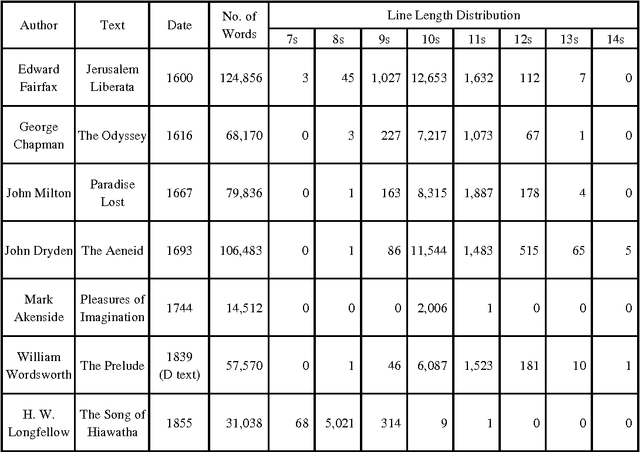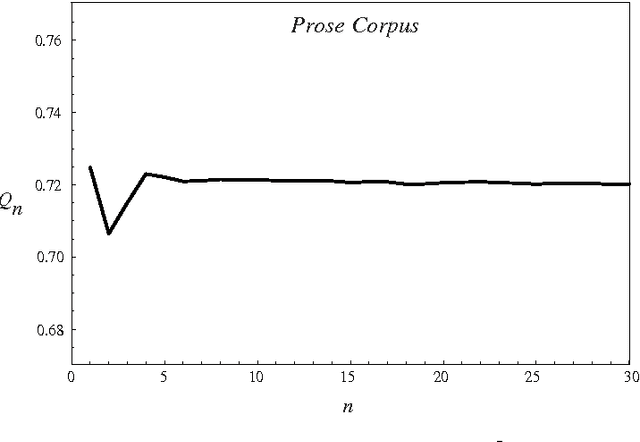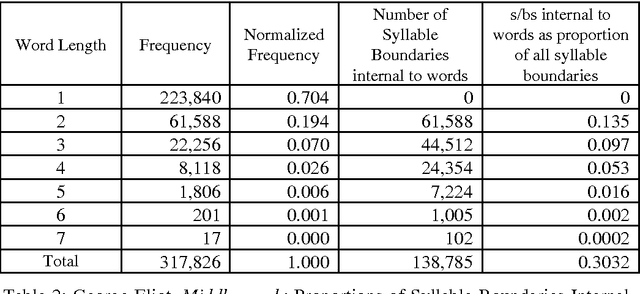Isometric Lineation in English Texts: An Empirical and Mathematical Examination of its Character and Consequences
Paper and Code
Aug 14, 1998



In this paper we build on earlier observations and theory regarding word length frequency and sequential distribution to develop a mathematical characterization of some of the language features distinguishing isometrically lineated text from unlineated text, in other words the features distinguishing isometrical verse from prose. It is shown that the frequency of syllables making complete words produces a flat distribution for prose, while that for verse exhibits peaks at the line length position and subsequent multiples of that position. Data from several verse authors is presented, including a detailed mathematical analysis of the dynamics underlying peak creation, and comments are offered on the processes by which authors construct lines. We note that the word-length sequence of prose is random, whereas lineation necessitates non-random word-length sequencing, and that this has the probable consequence of introducing a degree of randomness into the otherwise highly ordered grammatical sequence. In addition we observe that this effect can be ameliorated by a reduction in the mean word length of the text (confirming earlier observations that verse tends to use shorter words) and the use of lines varying from the core isometrical set. The frequency of variant lines is shown to be coincident with the frequency of polysyllables, suggesting that the use of variant lines is motivated by polysyllabic word placement. The restrictive effects of different line lengths, the relationship between metrical restriction and poetic effect, and the general character of metrical rules are also discussed.
 Add to Chrome
Add to Chrome Add to Firefox
Add to Firefox Add to Edge
Add to Edge